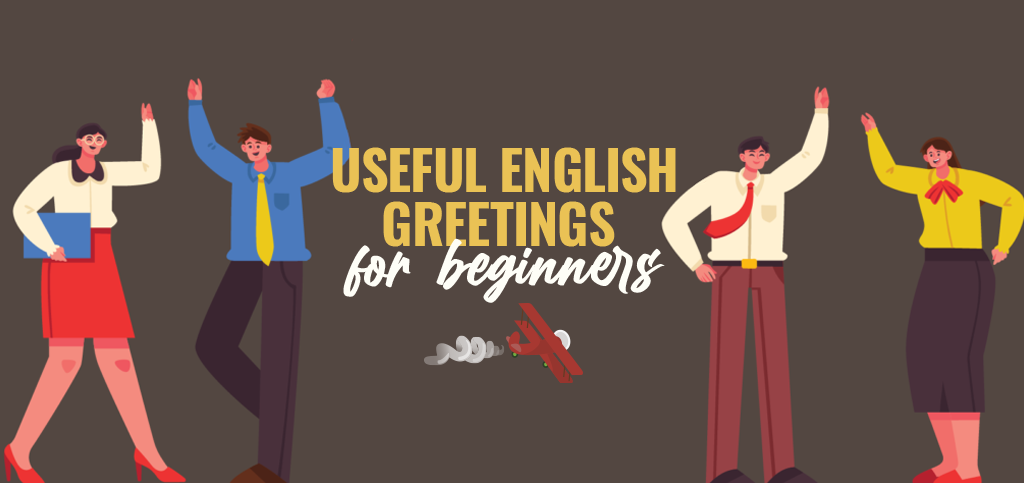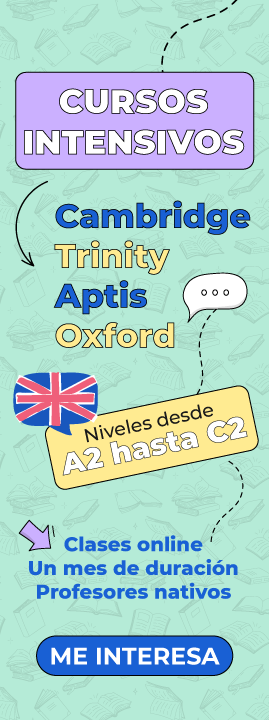Useful English greetings for beginners

Although it may not seem like it, a greeting is one of the most important parts of a conversation. For this reason, it is essential and important to know how to say it correctly and with criteria. Just as important, it is also very easy to master because we are presented with many opportunities to practice greeting each day.
ÍNDICE DE CONTENIDOS
It is very possible that in just one day you will be offered the opportunity to train more than a dozen times, so it is usually done with some ease shortly after learning English.
The beginning of a conversation
As we already know from daily practice, the first moments of a conversation are the most important because they set the pace for the rest of the conversation. Therefore, you have to start with the decision and that is how the greeting you make should be, always depending on the person in front of you and the degree of closeness to you. If you use the proper way of greeting, you will feel much more secure in the rest of the conversation.
As is logical, it is important that you feel comfortable greeting your interlocutor, because people tend to orient themselves quickly and it is already difficult for them to change later. If the person in front of you observes that you are having difficulties, that you are not sure of yourself, they will misjudge your level of English and this can influence their behavior toward you. In order to make you feel more comfortable, we provide you with a greeting list from which you should use the most appropriate one at all times:
- Howdy = It is an abbreviation of How are you doing? It is commonly used in the southern USA, especially in Texas.
- Howdy-do = A friendlier way to say Howdy, although it is not highly recommended because it sounds childish.
- Yo = This is a very casual way of greeting, it is used in slang or American slang.
- What´s happening? = This is an unusual way to say hello in English. It is a way of asking “What is happening?”
- How goes it = It means “How are you doing?” It is not very formal. You can use it with friends from work or acquaintances.
- What´s up = An even more informal way of saying “How are you doing?”
- How ya doing ´ = “How are you?” If you are in Great Britain you can accompany it with a “mate”. Although this phrase is remembered a lot by Joey, a character from Friends (a television series).
- Sup = It is a contraction of What’s up.
- What up = “How are you doing?”, Unlike What’s up, it is said with a stronger and faster intonation. You can use it with friends.
- Hi = It is one of the most used ways to say hello in English. It is somewhat casual and you can always use it unless you are addressing someone to whom you should speak with great respect.
- Hi there = It is a variation of Hi, normally you use it with a person that you like or have a very close bond with.
- Hiya = Same as Hi, although it’s more like saying “good morning” here (the contraction of the good afternoon). It is used in London.
- Hello = This is the most basic way to say hello in English.
- Yellow = It is a variation of Hello, it is very informal and is usually used to answer the phone
- Hey = It is the same as Hi, because of its intonation it can also be used as a casual way of asking someone to pay attention to you.
- Ahoy = Very often you can accompany it with a “Mate”, Ahoy Mate is a very common way of greeting in Australia.
- Greetings = It is a way of saying hello, although it is somewhat formal. It is typical of the British.
- Good day = “Good day”. I recommend it to say hello when you arrive at a place like an office or your classroom.
- G’day = It is a contraction of “Good day”, it is somewhat more informal, I do not recommend using it when arriving at your office unless you work in a very relaxed environment.
- Good Morning = “Good morning”, you use it in the morning. It is common when you meet someone in the elevator or the supermarket.
- Morning = A more informal variation of “Good morning”, oddly enough it is even more used. You can say it with your family, friends, or even more formal settings like work or school.
- Good Afternoon = “Good afternoon”, you use it in the afternoon. I use it in work meetings that are in the afternoon, well, those that are very formal.
- Good Evening = “Good evening”, I know, a lot of variation to greet with respect to the time. Don’t confuse it with Good night, the latter is more of a farewell.
- High Five = “Give me those five”, I think this greeting has not been used much since the 90s, but it is worth mentioning.
- How are you? = “How are you?”, It is commonly followed by a Hi, it is one of those questions that it is not always necessary to answer, more than anything it is only used to say hello and break the ice at the same time.
- How’ve you been? = This expression is equivalent to saying “How have you been? As in Spanish, we use it when we want to know if the other person has been okay since we last saw them.



